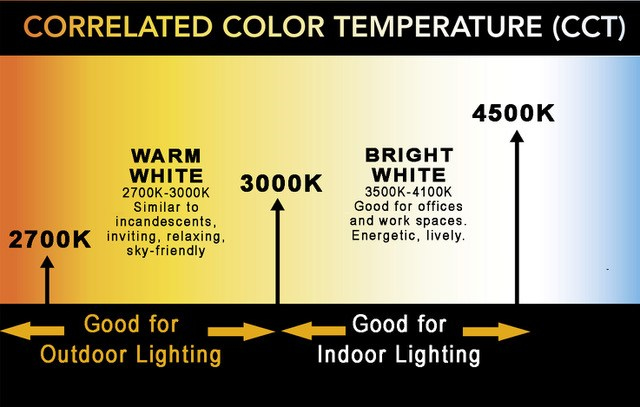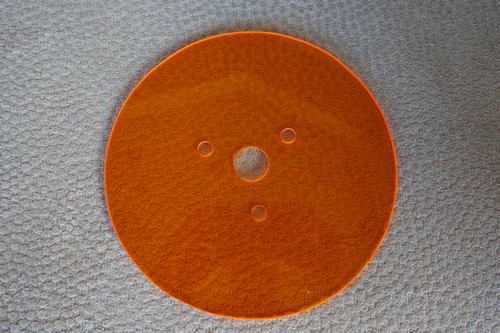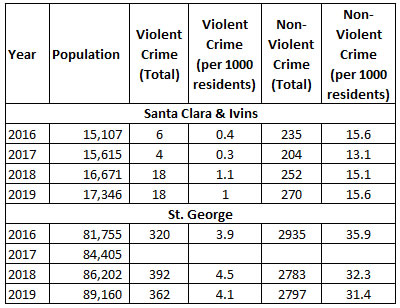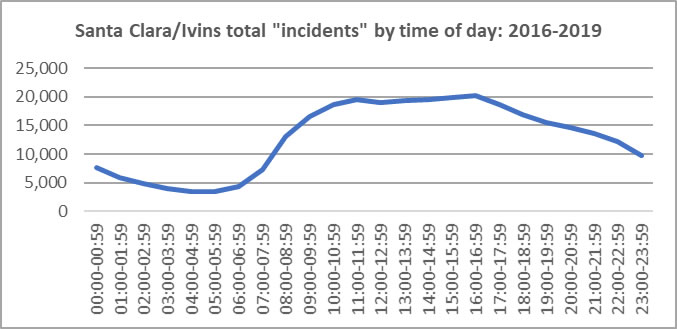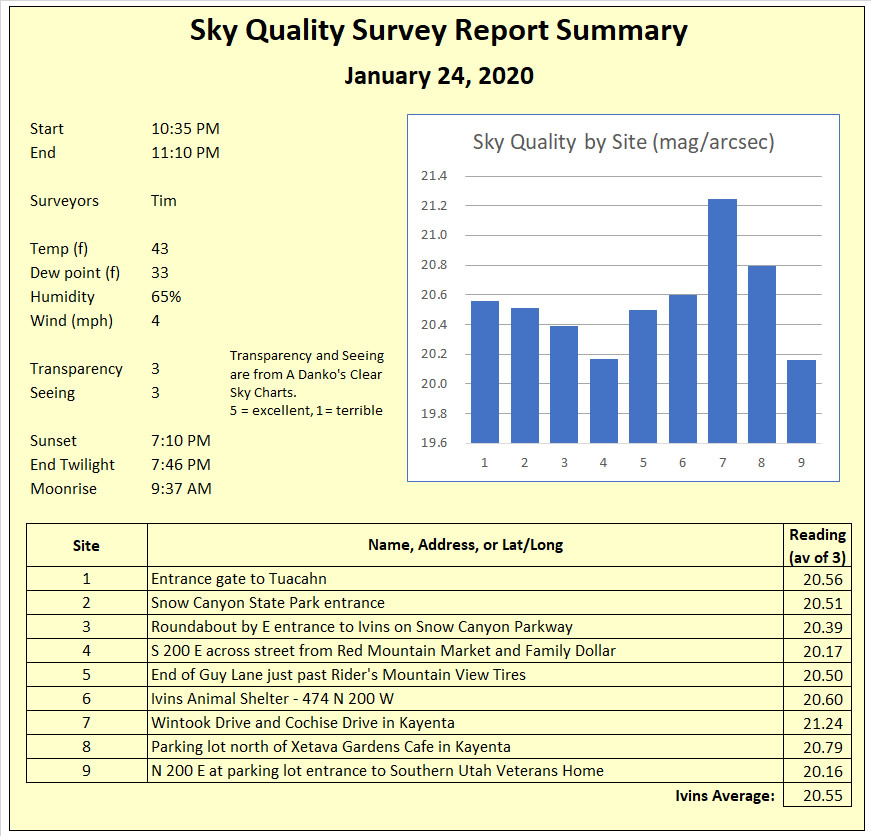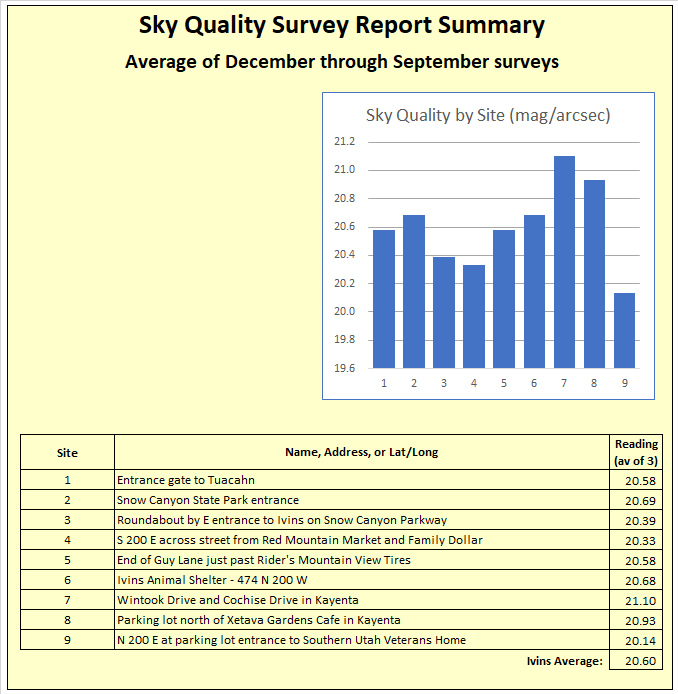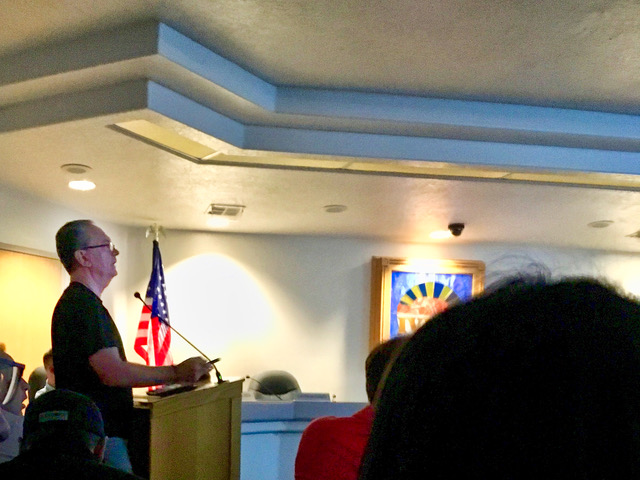By Kai Reed, Ivins resident
I am writing to express my opposition to some of what I consider detrimental changes proposed by the Planning Commission to our lighting ordinance. I watched/listened to all the discussions during the PC meetings regarding these changes and was very concerned with the competency of the process.
My major concerns are:
- 1. Changes outside what were asked
- 2. Did not get expert advice to answer questions they were unsure of
- 3 Used “safety” to justify changes without statistical support and
- 4. Approved an ordinance they knew was defective but wanted to “punt” it to City Council.
#1: Changes outside what were asked
I am disturbed the Planning Commission made changes outside the direction given by the City Council. In the Dec. 15th PC meeting Bryan Pack stated “A year ago the City council did give the PC direction on very limited things such as message boards that need to be changed…none of which affected the night sky portion.” Updating definitions and using the latest technology is appropriate, however, increasing the color temperature, eliminating amber filters and permitting unlimited color temperature of lights is totally uncalled for, outside what they were asked to do and will most definitely have a negative impact on our night sky. The Commissioners acknowledged over and over again that protecting and preserving the night sky was an important component of the General Plan yet their decisions have weakened those protections.
#2: Did not get expert advice to answer questions they were unsure of
I also found it extremely troubling that over and over again commission members asked questions about why they should increase color temperature to 4000K and no one was able to provide a satisfactory explanation. In fact it was noted many times that the commission needed an “expert” to help them understand what impact the changes would have. In the Jan. 5th meeting it was noted we “need an expert to clean up technical language”, “(we need to) get experts to help with numbers and definitions.” At one point one of the commissioners actually said “are we just pulling numbers out of a hat?” Lance Anderson told the other members how they had arrived at the original number by actually going out at night and having a display of different lights and seeing for themselves the impacts the brighter lights had. He suggested the PC members do the same but his advice was ignored. And Dale Coulam told the Commission members there was a process in place to obtain the services of a specialist or expert but again, the Planning Commission never chose to do so. In another meeting Dale stated “if you are not going to have staff retain an expert, then recommend to City Council the type of expert to be retained and have Staff go through requests for proposals.” Again ignored.
#3: Used “safety” to justify changes without statistical support
Another concern is the focus on “safety” over all other considerations. It was implied that Ivins is a very dangerous place, that crime is high and we need more and brighter lights to keep everyone safe. These arguments have been refuted many times. Kathy Barth submitted a very detailed and comprehensive report (Shedding light on crime trends) to the PC showing that in fact, crime is very low in Ivins. Other studies were submitted that show that just increasing lights does not deter crime. The PC members either did not read those reports and studies or chose to ignore them and continued to use “safety” as the excuse for weakening the current ordinance.
#4: Approved an ordinance they knew was defective but wanted to “punt” it to City Council
I feel the Planning Commission knew they were approving and passing a defective ordinance. Several times the Commission Chair said he wanted “to push this forward to City Council to put this in the realm it needs to be in to tell us yes or no.” “Punt it to them and get it where it needs to be.” “push this to the City Council for discussion…amongst those who are more directly accountable to the citizenry.” I feel the PC abdicated their responsibility and just wanted to get the ordinance off their agenda. Even Dale Coulam told them “Give the best recommendation you can and if you don’t know that specific technical number, recommend the type of expert needed for that to help get them that number.” Again advice not taken.
What I do support
I do support prohibiting electronic message boards, updating definitions and lowering the lighting on state & national flags.
What I do not support
I do not support increasing the kelvin number to 4000, eliminating any upper limit on color temperatures even if they are motion activated with timers or eliminating amber filers. No sufficient reason was ever given in the PC meetings as to why these changes were necessary. I also do not support language that is unenforceable such as “Exterior lighting shall be allowed at levels necessary for safety and security purposes.”

